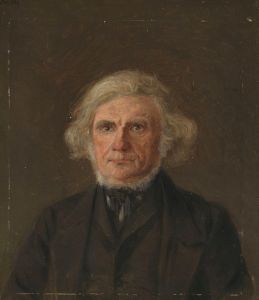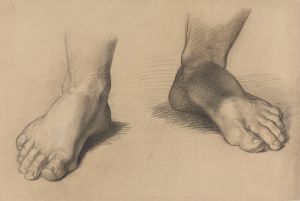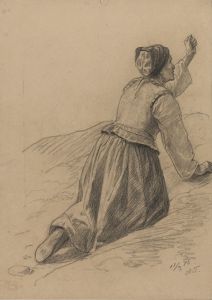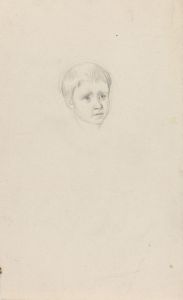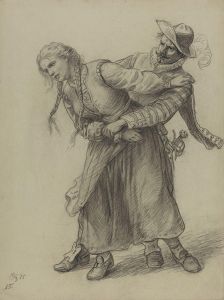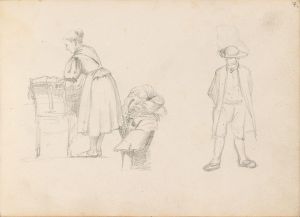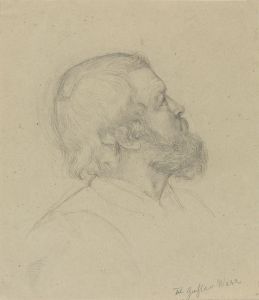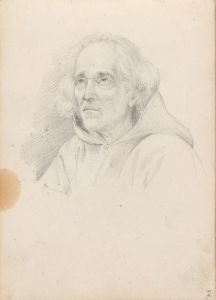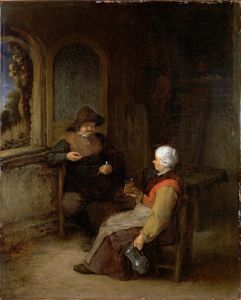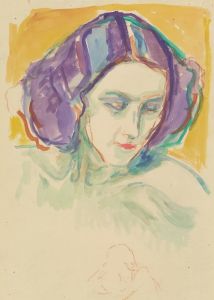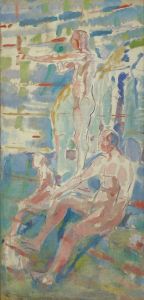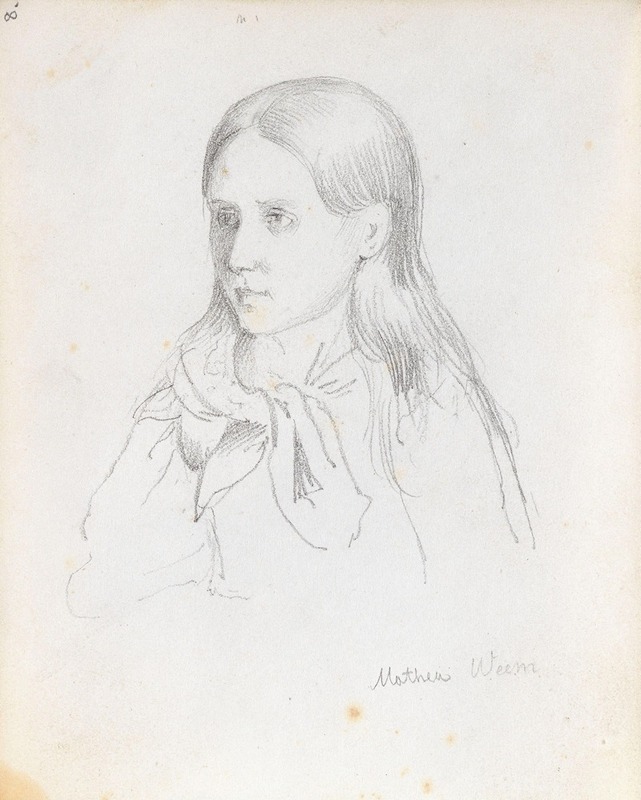
Mathea Weem
A hand-painted replica of Adolph Tidemand’s masterpiece Mathea Weem, meticulously crafted by professional artists to capture the true essence of the original. Each piece is created with museum-quality canvas and rare mineral pigments, carefully painted by experienced artists with delicate brushstrokes and rich, layered colors to perfectly recreate the texture of the original artwork. Unlike machine-printed reproductions, this hand-painted version brings the painting to life, infused with the artist’s emotions and skill in every stroke. Whether for personal collection or home decoration, it instantly elevates the artistic atmosphere of any space.
Adolph Tidemand (1814–1876) was a prominent Norwegian painter known for his contributions to the Romantic Nationalism movement in Norway during the 19th century. His works often depicted Norwegian folk life, traditions, and rural culture, capturing the essence of the country's identity during a time of national awakening. Among his many notable works is the painting "Mathea Weem," which reflects his characteristic style and thematic focus.
"Mathea Weem" is a portrait painted by Tidemand, showcasing his skill in capturing the individuality and personality of his subjects. The painting is believed to depict Mathea Weem, a woman whose identity and background remain largely undocumented in historical records. Like many of Tidemand's portraits, the work emphasizes realism and attention to detail, particularly in the rendering of facial expressions, clothing, and textures. This approach aligns with Tidemand's broader artistic goals of preserving and celebrating Norwegian culture and people.
The painting is executed in oil on canvas, a medium Tidemand frequently used to achieve depth and richness in his works. The composition is intimate, focusing closely on the subject, which allows viewers to engage directly with the figure portrayed. The use of light and shadow in the painting highlights Tidemand's mastery of chiaroscuro, a technique that enhances the three-dimensionality of the subject and adds emotional depth to the work.
While "Mathea Weem" is not as widely recognized as some of Tidemand's other works, such as "Haugianerne" (The Haugeans) or "Bridal Procession on the Hardangerfjord," it remains an important example of his portraiture. Tidemand's ability to combine technical skill with a deep respect for his subjects has solidified his reputation as one of Norway's most significant 19th-century artists.
The painting is part of a broader body of work that reflects Tidemand's dedication to documenting and honoring the lives of ordinary Norwegians. His art played a crucial role in shaping Norway's cultural identity during a period of growing national consciousness. Today, Tidemand's works, including "Mathea Weem," are celebrated for their historical and artistic significance.
Further details about the specific circumstances of the painting's creation, as well as the life of Mathea Weem herself, are not well-documented in available sources. As such, interpretations of the painting remain focused on its artistic qualities and its place within Tidemand's oeuvre.





